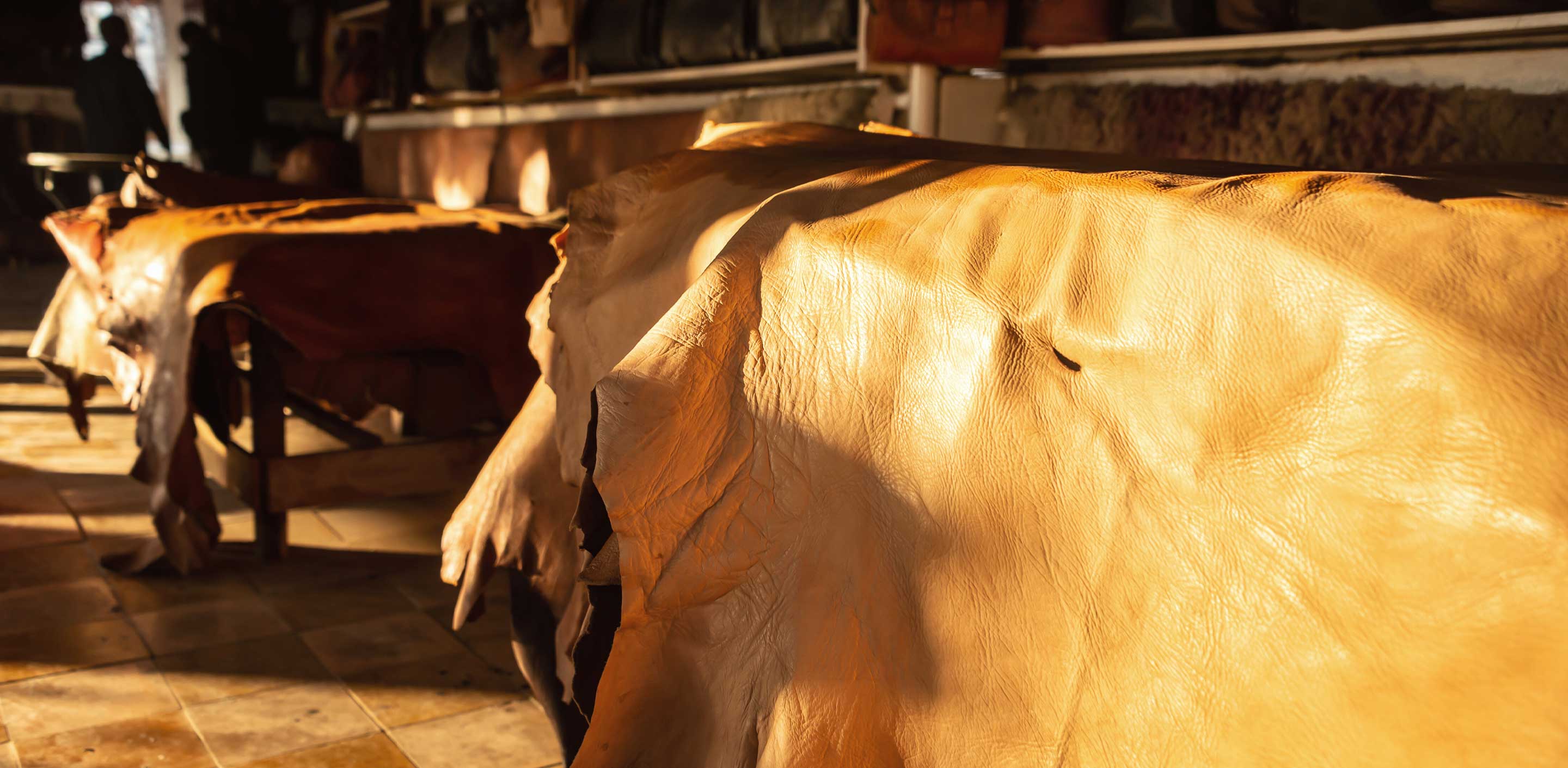Vegetable Leather: The Epitome of Sustainable Luxury

Vegetable-tanned leather, an emblem of craftsmanship and environmental consciousness, stands as a testament to the enduring allure of natural processes in the creation of durable, luxurious materials. This detailed exploration delves into the essence of vegetable-tanned leather, celebrating its rich history, meticulous production process, and the unique characteristics that make it a prized choice in the world of fine leather goods.
Vegetable-tanned leather, known for its robustness and rich patina that develops over time, represents the pinnacle of eco-friendly leather production. Distinct from its chemically treated counterparts, this leather variety marries the timeless beauty of natural materials with the principles of sustainable craftsmanship.
History and Legacy
The tradition of vegetable tanning dates back thousands of years, with roots in ancient civilizations that valued the technique for its natural approach and the remarkable durability it imparted to leather. This method has been passed down through generations, preserving the legacy of artisanal leatherworking in the face of modern, faster chemical processes.
How Is It Made?
Vegetable tanning is an intricate process that involves treating animal hides with tannins extracted from plant sources such as tree bark, leaves, and fruits. This method can take several weeks to complete, as it slowly imbues the leather with rich colors and a unique texture that cannot be replicated by chemical means. The result is a material that is not only beautiful but also inherently biodegradable, reducing its environmental impact.
How To Identify?
- Color and Texture: Vegetable-tanned leather features deep, earthy tones and a more natural, less uniform texture compared to synthetic tanning.
- Aroma: It has a distinctive, natural scent, free from the chemical odors associated with other tanning methods.
- Aging Process: This leather ages gracefully, developing a patina that enhances its character over time.
Characteristics and Qualities
Vegetable-tanned leather is celebrated for its:
- Durability: Known for its strength and ability to withstand wear and tear.
- Environmental Friendliness: Uses natural materials and methods, minimizing toxic waste.
- Unique Aesthetic: Each piece is one-of-a-kind, with natural imperfections and variations.
What's So Great About Vegetable-Tanned Leather?
The appeal of vegetable-tanned leather lies in its combination of aesthetic appeal, environmental sustainability, and the rich history it carries. It offers a connection to the artisanal traditions of leather crafting, making each item crafted from it a piece of heritage.
Uses
Vegetable-tanned leather finds its place in high-quality leather goods including Luxury Handbags and Accessories, Elegant Footwear, Durable Belts, Wallets Furniture, Upholstery Saddlery, and Equestrian Equipment.
Advantages
- Eco-Friendly Production: Reduces harmful pollution and waste associated with conventional leather tanning.
- Aesthetic Appeal: Develops a beautiful patina that adds character and beauty over time.
- Hypoallergenic: Free from harsh chemicals, making it suitable for sensitive skin.
- Longevity: Built to last, potentially offering decades of use with proper care.
Care and Maintenance
- Keep it Clean: Just use a soft cloth to wipe it down. For tougher spots, a little bit of water and mild soap work, but don't rub too hard.
- Condition It: Every few months, use a natural leather conditioner. This keeps it from drying out and cracking, making it soft and smooth.
- Protect It from Water: Vegetable-tanned leather doesn't like water. If it gets wet, just pat it dry with a soft cloth and let it air dry. Don't put it near a heater!
- Store It Right: When you're not using it, keep your leather item in a cool, dry place. If you've got a bag or shoes, stuffing them with paper helps keep their shape.
- Avoid Sunlight: Too much sun can fade the color. So, try to keep it away from direct sunlight when you're not using it.
In summary, vegetable-tanned leather embodies the harmony between artisanal tradition and contemporary environmental ethics. Its unique characteristics, coupled with a commitment to sustainable production, make it a compelling choice for those who value quality, heritage, and ecological responsibility. With mindful care, items made from vegetable-tanned leather can be cherished for a lifetime, aging gracefully alongside their owners.


